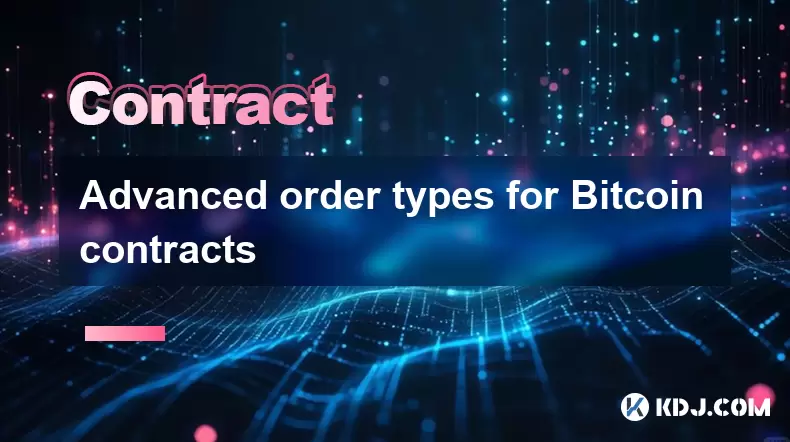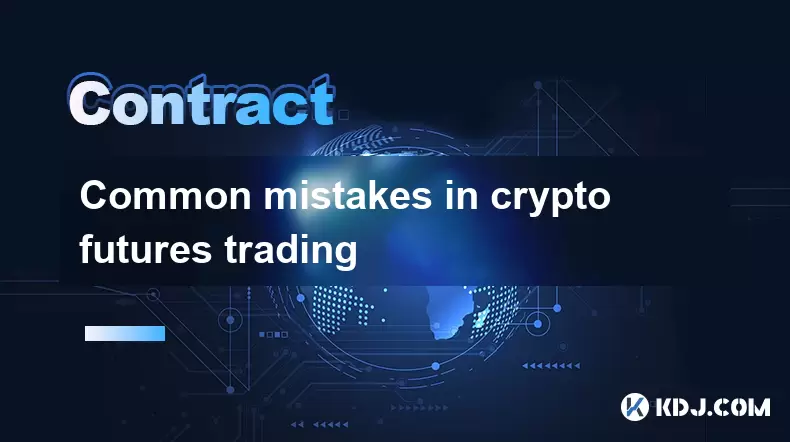-
 Bitcoin
Bitcoin $118400
0.39% -
 Ethereum
Ethereum $3814
2.17% -
 XRP
XRP $3.547
1.34% -
 Tether USDt
Tether USDt $1.000
0.00% -
 BNB
BNB $769.5
2.95% -
 Solana
Solana $191.7
6.36% -
 USDC
USDC $0.9999
0.01% -
 Dogecoin
Dogecoin $0.2722
7.75% -
 Cardano
Cardano $0.8995
5.59% -
 TRON
TRON $0.3158
-0.78% -
 Hyperliquid
Hyperliquid $47.37
4.46% -
 Stellar
Stellar $0.4848
3.54% -
 Sui
Sui $4.031
1.72% -
 Chainlink
Chainlink $20.11
3.94% -
 Hedera
Hedera $0.2832
3.16% -
 Avalanche
Avalanche $26.20
4.27% -
 Bitcoin Cash
Bitcoin Cash $530.5
0.67% -
 Shiba Inu
Shiba Inu $0.00001568
3.59% -
 Litecoin
Litecoin $118.4
1.42% -
 UNUS SED LEO
UNUS SED LEO $8.976
-0.23% -
 Toncoin
Toncoin $3.349
2.54% -
 Polkadot
Polkadot $4.590
2.54% -
 Uniswap
Uniswap $10.56
-0.59% -
 Ethena USDe
Ethena USDe $1.001
0.00% -
 Monero
Monero $327.7
0.39% -
 Pepe
Pepe $0.00001422
2.62% -
 Bitget Token
Bitget Token $4.973
-1.22% -
 Dai
Dai $1.000
0.02% -
 Aave
Aave $331.9
1.59% -
 Bittensor
Bittensor $429.6
-0.56%
How to prevent reentrancy in Solidity?
Reentrancy in Solidity occurs when an external call allows a malicious contract to recursively execute the same function, potentially draining funds or corrupting state.
Jul 20, 2025 at 08:49 am

Understanding Reentrancy in Solidity
Reentrancy is a critical security vulnerability in Solidity smart contracts that occurs when a function makes an external call to an untrusted contract before completing its internal state changes. This allows the external contract to recursively call back into the original function, potentially draining funds or corrupting the contract's logic.
The infamous DAO hack in 2016 was a prime example of how reentrancy can be exploited. The attacker used a malicious fallback function to repeatedly trigger a withdrawal before the contract updated its balance, leading to the loss of millions of Ether.
To prevent such vulnerabilities, developers must implement best practices and design patterns that secure external calls and ensure state changes occur before any external interaction.
Use Checks-Effects-Interactions Pattern
One of the most effective ways to prevent reentrancy is by following the Checks-Effects-Interactions pattern. This pattern ensures that all internal state changes are made before any external calls are executed.
- Checks: Validate inputs and conditions.
- Effects: Update the contract’s state variables.
- Interactions: Call external contracts or send Ether.
By adhering to this order, you ensure that even if a reentrancy attempt occurs, the internal state has already been updated, preventing double-spending or unauthorized balance access.
For example, consider a simple withdrawal function:
function withdraw(uint amount) public {require(balances[msg.sender] >= amount);
balances[msg.sender] -= amount;
(bool success, ) = msg.sender.call{value: amount}("");
require(success);
}
In this case, the balance is updated before the external call, making it safe from reentrancy.
Implement Mutex Locks
Another effective method to prevent reentrancy is using a mutex lock, which is a state variable that prevents reentrancy during execution.
A simple example involves using a boolean flag to block re-entrance:
bool private locked;function withdraw(uint amount) public {
require(!locked);
locked = true;
require(balances[msg.sender] >= amount);
balances[msg.sender] -= amount;
(bool success, ) = msg.sender.call{value: amount}("");
require(success);
locked = false;
}
This ensures that the function cannot be reentered while it is still executing, effectively blocking recursive calls. However, developers must be cautious not to create deadlocks or unexpected behavior when using mutexes.
Use ReentrancyGuard from OpenZeppelin
Instead of manually implementing mutex logic, developers can use the ReentrancyGuard contract provided by OpenZeppelin, which offers a secure and tested solution.
To use ReentrancyGuard:
- Import the contract:
import "@openzeppelin/contracts/security/ReentrancyGuard.sol"; - Inherit from it in your contract:
contract MyContract is ReentrancyGuard - Apply the
nonReentrantmodifier to functions susceptible to reentrancy.
pragma solidity ^0.8.0;import "@openzeppelin/contracts/security/ReentrancyGuard.sol";
contract SecureWithdrawal is ReentrancyGuard {
mapping(address => uint) public balances;
function deposit() external payable {
balances[msg.sender] += msg.value;
}
function withdraw(uint amount) external nonReentrant {
require(balances[msg.sender] >= amount, "Insufficient balance");
balances[msg.sender] -= amount;
(bool success, ) = msg.sender.call{value: amount}("");
require(success, "Transfer failed");
}
}
This approach abstracts the complexity of mutex handling and reduces the risk of introducing bugs, making it a preferred method for many developers.
Avoid Raw Calls and Use Transfer Safely
In Solidity, using address.call{value: ...}("") is more flexible than transfer() or send(), but it also removes the gas limit, making it vulnerable to reentrancy.
transfer()andsend()forward only 2300 gas, which is insufficient for any meaningful execution, thereby preventing reentrancy.- However,
call()forwards all available gas, allowing attackers to execute complex malicious logic during fallback or receive functions.
To mitigate this:
- Prefer
transfer()orsend()for simple Ether transfers. - If using
call()is necessary, ensure that state changes occur before the call and that reentrancy guards are in place.
FAQ: Frequently Asked Questions
Q: What is a reentrancy attack in Solidity?
A: A reentrancy attack occurs when an external contract calls back into the calling function before it completes execution, often leading to unauthorized fund withdrawals or state corruption.
Q: Can I prevent reentrancy without using OpenZeppelin's ReentrancyGuard?
A: Yes, by manually implementing the Checks-Effects-Interactions pattern or using a mutex lock to block reentrancy during function execution.
Q: Is it safe to use address.transfer() in modern Solidity versions?
A: While transfer() limits gas and prevents reentrancy, it may fail unexpectedly if the recipient contract runs out of gas. It's still considered safer than call() for simple transfers.
Q: Are all external calls in Solidity vulnerable to reentrancy?
A: Not all, but any external call to a user-controlled contract can be a potential vector. The vulnerability arises when state changes follow the external call, not the call itself.
Disclaimer:info@kdj.com
The information provided is not trading advice. kdj.com does not assume any responsibility for any investments made based on the information provided in this article. Cryptocurrencies are highly volatile and it is highly recommended that you invest with caution after thorough research!
If you believe that the content used on this website infringes your copyright, please contact us immediately (info@kdj.com) and we will delete it promptly.
- Crypto Stocks, Stablecoin Law & Trump: A New Era?
- 2025-07-22 02:30:12
- Kaito, Web3, and Crowdfunding: A New Era of Capital Alignment?
- 2025-07-22 02:30:12
- Saylor, Trump, and Bitcoin: A New York Minute on Crypto's Power Trio
- 2025-07-22 00:50:12
- Strategy, Bitcoin, and $122,000: A New York Minute on Crypto's Latest Moves
- 2025-07-22 00:50:12
- Dogecoin Price Prediction: Will the Pump Continue?
- 2025-07-22 01:50:12
- AVAX Price, Mining Rewards, and PI Price: What's the Buzz?
- 2025-07-22 01:50:12
Related knowledge

What is a maker vs a taker fee?
Jul 19,2025 at 01:14am
Understanding the Basics of Cryptocurrency Exchange FeesIn the world of cryptocurrency trading, maker vs taker fees are a fundamental concept that eve...

How to secure your crypto futures trading account?
Jul 21,2025 at 11:42pm
Understanding the Risks in Crypto Futures TradingCrypto futures trading involves significant risks due to market volatility and leverage. Your trading...

Is Bitcoin futures trading a scam?
Jul 22,2025 at 01:42am
Understanding Bitcoin Futures TradingBitcoin futures trading refers to the process of buying and selling contracts that derive their value from the fu...

How to analyze Bitcoin futures data from CME?
Jul 19,2025 at 05:22pm
Understanding Bitcoin Futures on CMEBitcoin futures on the CME Group (Chicago Mercantile Exchange) represent a regulated financial instrument that all...

Advanced order types for Bitcoin contracts
Jul 21,2025 at 01:14pm
Understanding Advanced Order Types in Bitcoin ContractsIn the world of Bitcoin futures trading, advanced order types play a crucial role in managing r...

Common mistakes in crypto futures trading
Jul 20,2025 at 09:56pm
Overleveraging Without Risk ManagementOne of the most common mistakes in crypto futures trading is overleveraging. Traders often believe that using hi...

What is a maker vs a taker fee?
Jul 19,2025 at 01:14am
Understanding the Basics of Cryptocurrency Exchange FeesIn the world of cryptocurrency trading, maker vs taker fees are a fundamental concept that eve...

How to secure your crypto futures trading account?
Jul 21,2025 at 11:42pm
Understanding the Risks in Crypto Futures TradingCrypto futures trading involves significant risks due to market volatility and leverage. Your trading...

Is Bitcoin futures trading a scam?
Jul 22,2025 at 01:42am
Understanding Bitcoin Futures TradingBitcoin futures trading refers to the process of buying and selling contracts that derive their value from the fu...

How to analyze Bitcoin futures data from CME?
Jul 19,2025 at 05:22pm
Understanding Bitcoin Futures on CMEBitcoin futures on the CME Group (Chicago Mercantile Exchange) represent a regulated financial instrument that all...

Advanced order types for Bitcoin contracts
Jul 21,2025 at 01:14pm
Understanding Advanced Order Types in Bitcoin ContractsIn the world of Bitcoin futures trading, advanced order types play a crucial role in managing r...

Common mistakes in crypto futures trading
Jul 20,2025 at 09:56pm
Overleveraging Without Risk ManagementOne of the most common mistakes in crypto futures trading is overleveraging. Traders often believe that using hi...
See all articles

























































































